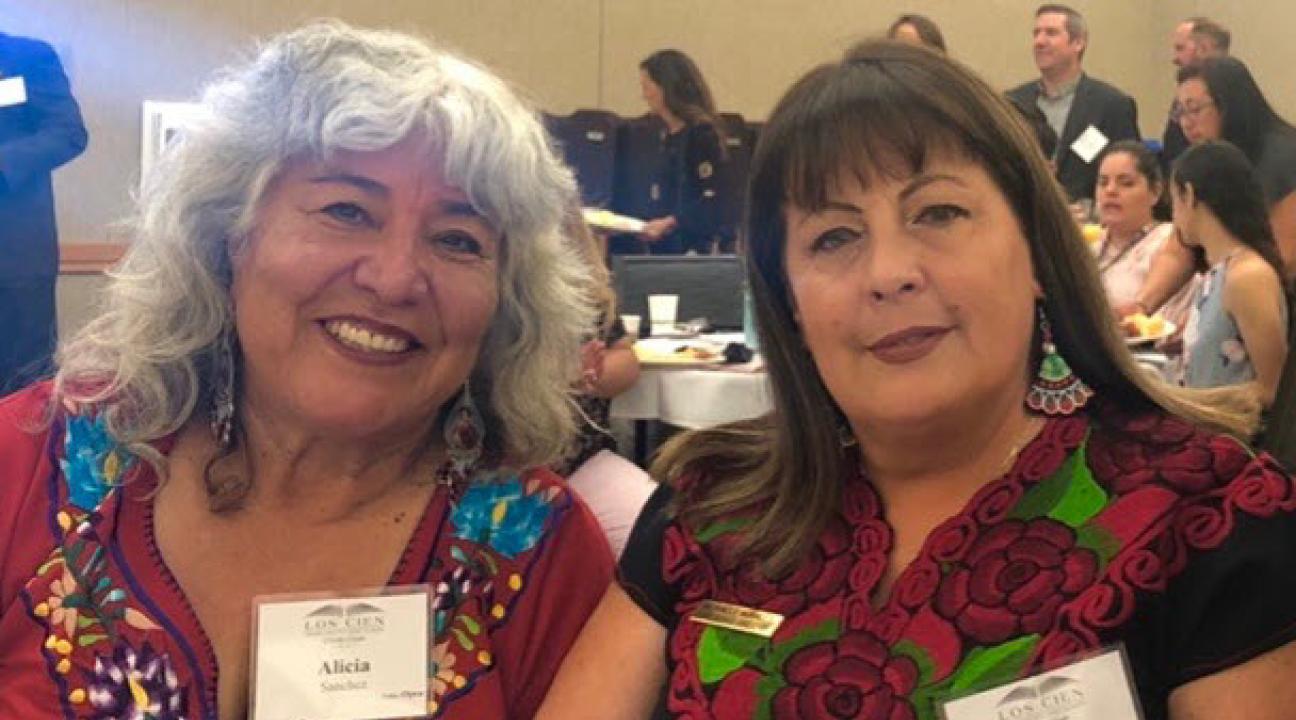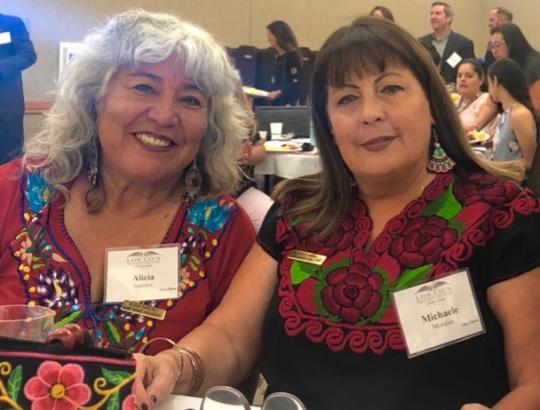6th Annual State of the Latino Community in Sonoma County
Closing the Gaps Social, Economic, Political
This year’s State of the Latino Community focused on closing the gaps at the social, economic and political levels.
The group passed out a “Latino Scorecard” that contained a good deal of demographic information about Latinos. For example, the scorecard states that approximately 132,000 Latinos live in Sonoma County. The median age is 27 years old and Latinos make up 27% of the County’s labor force; working in agriculture, ground and building maintenance, food processing, etc.
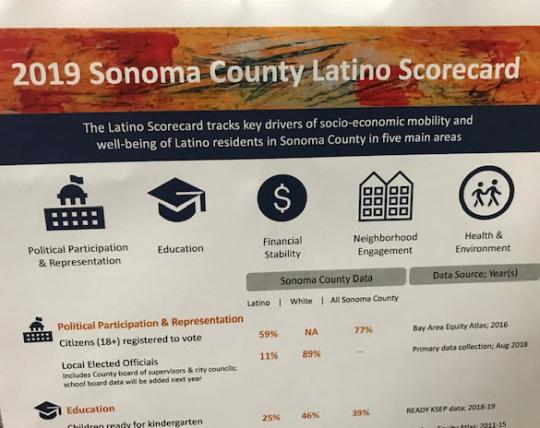
The Sonoma County Latino Scorecard.
Related: 5th Annual State of the Latino Community in Sonoma County
While the “Latino Scorecard” also mentioned political participation, education and neighborhood engagement, I think it’s fair to say the conference really focused on the economy. This was evident in the keynote speakers. The first speaker was Aneesh Raman. Mr. Raman is a Senior Advisor on Strategy and External Affairs at the Governor’s Office of Business and Economic Development. He spent the last five years in the tech industry working for Facebook. From 2009 to 2013 Raman worked for the Obama Administration with multiple positions during that time, including speechwriter for the Treasury Secretary, Tim Geithner. Raman stated that the goal of the Governor’s office is to have an economy that works for everyone. He talked about the fact that California is the fifth-largest economy in the world and at the same time we lead in poverty. “For the majority of Californians, the economy is not working,” Raman said. Thus, his team is working on an initiative called California for All. They are looking at how to ensure that the growth we are having is inclusive, what will the future of work look like, and affordability; in areas of housing, healthcare and education.
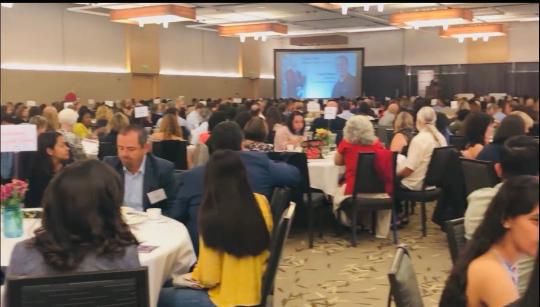
The room is filled with participants anxious to
hear the 2019 State of the Latino Community
Report.
In the area of jobs; the Governor has formed a new commission on the future of work which Raman sits on. He noted that the economy, despite its growth is not delivering quality jobs. For the future, what kind of jobs are going to be available? What impact will technology have on the economy? Raman stated we will probably lose jobs and create new jobs but the problem is we don’t have jobs for those with “middle” skills. We can re-train people but where are the jobs? One of the ways the Legislature has attempted to address this issue is with AB5 (Worker Status: Employees and Independent Contractors); which was just passed recently. This would level the playing field according to Raman and give workers (Uber and Lyft drivers in the gig economy) a greater voice and work flexibility.
Related: Los Cien: State of Latino Education Sonoma County
Raman stated that they are approaching these problems with the collection of data, with a regional mindset, with partners, and with urgency. However, he stressed that it’s not on tech [industry] to solve these problems of change in the economy but rather it’s up to policymakers. “There are only two dreams, the American Dream and the California Dream but it’s in peril,” said Raman, the son of immigrants. I appreciated the openness with which Aneesh Raman spoke about the state of the economy and how not everyone, especially those at the bottom are not benefitting.
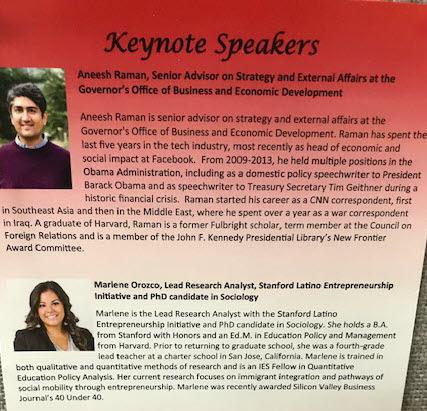
Information about keynote speakers.
The second keynote speaker was Marlene Orozco, a Lead Research Analyst, at Stanford Latino Entrepreneurship Initiative and PhD candidate in Sociology. Marlene is trained in both qualitative and quantitative methods of research. Her current research focuses on immigrant integration and pathways of social mobility through entrepreneurship.
“Latinos are not a drag on the economy; on the contrary, the country is a drag to the potential of Latino businesses,” stated Ms. Orozco. She noted that Latinos are starting businesses at a faster rate than any other group. Her research found that $1.47 trillion would be contributed if we as a country supported Latino businesses. In Sonoma County, 7% of Latinos are self-employed. There are over 6500 Latino owned businesses in the County, representing 13% of all businesses, Orozco noted.
Related: Los Cien: Equity in Sonoma County
Orozco stated that barriers for Latino entrepreneurship are soliciting external sources of funding and being turned down more often for loans that are less than $100,000. Finances, the economy, and politics are all barriers to growth for Sonoma County-based Latino businesses. So, how can we close some of the gaps? She talked about Opportunities Zones. These are from the Tax Reform Act of 2017. There are 3 of them in Sonoma County; one of which is in Roseland. However, they are based on tax incentives for investors. Many people are not aware that these funds may be available. Orozco emphasized that there needs to be a shift to a funding mindset. Latinos need to participate and be a part of networking circles and immigrant entrepreneurs need to be embraced. I thought Orosco’s presentation was enlightening. I had no idea there were so many Latino businesses in Sonoma County or that they might have additional help available through Opportunity Zones.
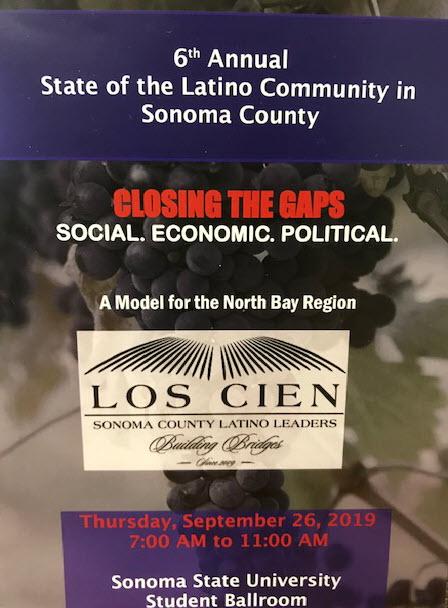
6th Annual State of the Latino
Community in Sonoma County.
Finally, Oscar Chavez, Assistant Director of Sonoma County Human Services Department, spoke about what’s next for Los Cien, as a result of what we learned at the conference about economic development in the Latino community. Referring back to the Latino Scorecard, the group plans to use the card for purposes of collecting data and to track the ten data points that are in the five categories listed in the card. Political participation and representation, education, financial stability, neighborhood engagement, health, and the environment. Los Cien views this as their Call to Action. These are important areas in which to collect data and to analyze. The gaps are quite large. The work that the Governor’s office is doing with California for All is one step in the right direction. Overall, the event was very informative and gave us specific areas to consider moving forward.
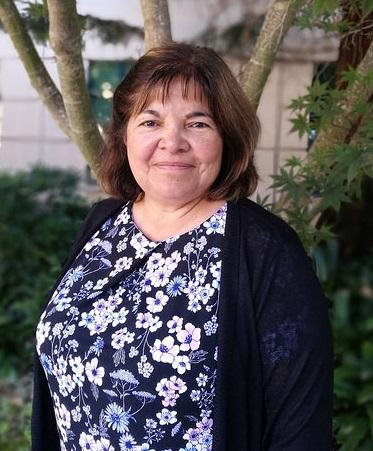
Author: Caroline Bañuelos


